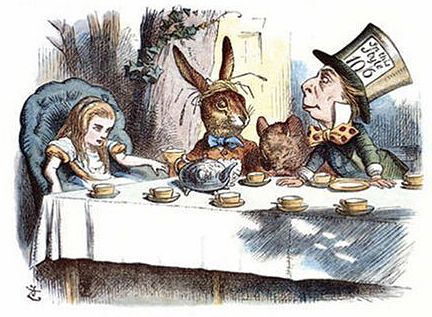
Even though it’s been 150 years since Alice’s Adventures in Wonderland was first published, we are still finding new meaning in it. Lewis Carrol’s tale turns logic inside out, and along the way, gives neurologists insight about how the human brain operates. Characters in the book explore the way we perceive language, time, and our own corporeal bodies. For example, Alice changes her own size several times by the magic of eating or drinking.
In 1955, a psychiatrist called John Todd found that certain patients reported exactly the same feeling of “opening out like a telescope”. The disorder is known as Alice in Wonderland Syndrome, and it seems to be most common in children. “I have heard patients saying that things appear upside down, or even though mommy is on other side of the room, she appeared next to her,” says Grant Liu, a neurologist at the University of Pennsylvania in Philadelphia who has studied the phenomenon.And that’s only one of the five specific findings in neuroscience that relate to the more illogical passages in Alice in Wonderland outlined in an article at BBC Future.
Carroll’s diaries show that he suffered migraines, which often trigger the syndrome – leading some to speculate that he was using his own experiences as inspiration. Liu suspects the syndrome can be pinned to abnormal activity in the parietal lobes, which are responsible for spatial awareness, skewing the sense of perspective and distance. But despite the fact that it can be disturbing, these fleeting illusions are generally harmless. “The majority are unaffected – and we just provide reassurance that the patient is not crazy and that other people also experience these things,” says Liu. Today, neuroscientists are trying to evoke the illusion in healthy subjects – which they think might shed light on the way we create our sense of self in the here and now.

No comments:
Post a Comment